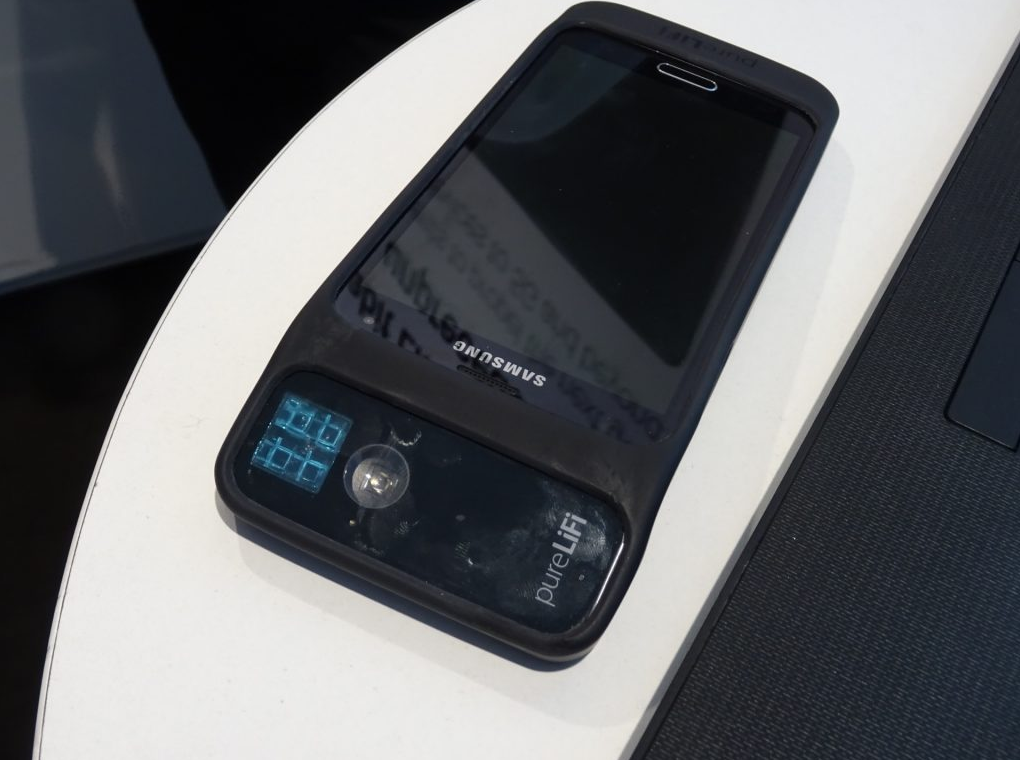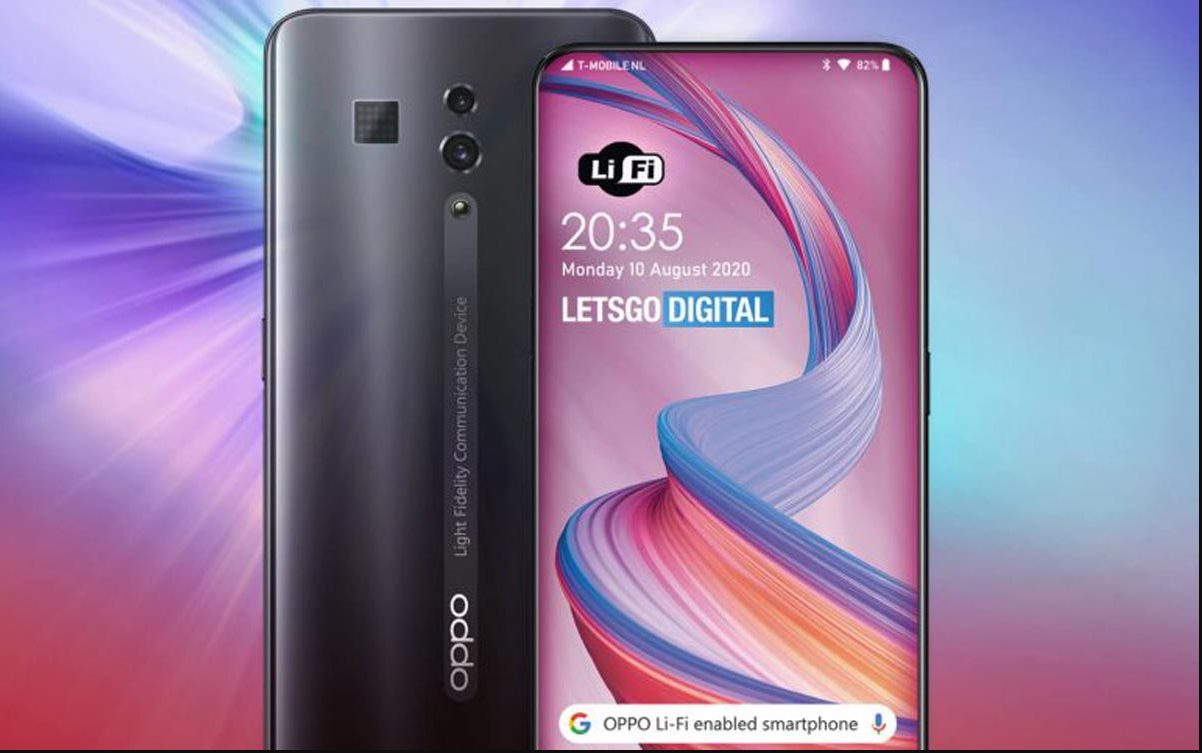Oppo Mobile Telecommunications filed a design patent for a smartphone with Li-Fi components
Oppo
Guangdong Oppo Mobile Telecommunications Corp., Ltd, stylized as oppo, is a Chinese consumer electronics and mobile communications company headquartered in Dongguan, Guangdong. It is a subsidiary of BBK Electronics Corporation along with OnePlus, Vivo, and Realme. Its major product lines include smartphones, audio devices, Blu-ray players, and other electronic products. In December 2019, a design patent was filed by Guangdong Oppo Mobile Telecommunications with the CNIPA (China National Intellectual Property Office). The patent was published on July 31, 2020, and includes 24 product images, combined with a short description showing that this smartphone is suitable for Li-Fi communication.
It is a modern smartphone with narrow screen edges and full-screen design. No front camera is visible. The images show that this Oppo phone will be equipped with a pop-up camera, as we know from the Oppo Reno series.
A rectangle can be seen on the pop-up system, which is used for LiFi communication. This also applies to the rear, right next to the centrally placed vertical camera system, a square Li-Fi device can be seen, which works as a receiver. The photodetector converts the changes in amplitude into an electrical signal to enable Li-Fi communication with the smartphone.
Image from LETSGODIGITAL
The patent images also show a dual camera, however, it is quite possible that Oppo will eventually choose three, or even four cameras - as we often see with the Oppo 2020 smartphone models. The small circle under the camera system is striking. This characteristic circle is also called the O-Dot by Oppo and is only used within the Reno telephone series.
The small protruding O-Dot ensures that the phone does not only rest on the camera system when you put the device flat on the table. We can deduce from the O-Dot, combined with the pop-up camera system, that Oppo wants to place this smartphone within the relatively new and extremely innovative Reno series.
There is also a microphone on both the top and bottom of the device as well as a speaker, a SIM card slot, and a USB-C connection at the bottom. The power button can be found on the right and the button on the left logically provides access to the volume settings.
The Oppo Li-Fi Patent
A design patent is only intended to record the design, so little is stated about how Oppo intends to apply the Li-Fi technology. However, the investigative journalists at LetsGoDigital have dug deeper for additional information, and during their search found out that three days after filing this design patent, Oppo also filed an associated utility patent in China.
In the patent called 'Li-Fi device and projection system with the same', it is extensively discussed how Oppo intends to apply LiFi in mobile devices. The patented Li-Fi device can be installed in a smartphone and consists of a housing, a printed circuit board, and a Li-Fi module for signal reception.
Li-Fi not only provides a significantly higher transmission speed than WiFi but the technology is also characterised by a lower latency (delay) just like 5G, it is also possible to transfer high-resolution images with a high frame rate, for example, large video and audio files) - as stated in the patent description.
What is Li-Fi?
Li-Fi, also known as "Light Fidelity" is a wireless optical networking technology, which uses light-emitting diodes (LEDs) to transmit data. In 2011, professor Harald Haas made a Li-Fi demonstration at the TED (Technology, Entertainment, Design) Global Talk on Visible Light Communication (VLC). Below is a video demonstration of Li-Fi technology by professor Harald Haas:
VLC uses light as a medium to deliver high-speed communication like Wi-Fi and complies with the IEEE standard IEEE 802.15.7. The IEEE 802.15.7 is a high-speed, bidirectional, and fully networked wireless communication technology-based standard similar to Wi-Fi's IEEE 802.11.
How does Li-Fi work?
Li-Fi is a high speed, bidirectional, and fully networked wireless communication of data using light. Li-Fi constitutes of several light bulbs that form a wireless network.
When an electrical current goes through to a LED light bulb, a stream of light (photons) emits from the lamp. LED bulbs are semiconductor devices, which means that the brightness of the light flowing through them can change at extremely high speeds. The signal is sent by modulating the light at different rates. The signal can then be received by a detector which interprets the changes in light intensity (the signal) as data. Also when the LED is ON, you transmit a digital 1, and when it is OFF, you transmit a 0.



